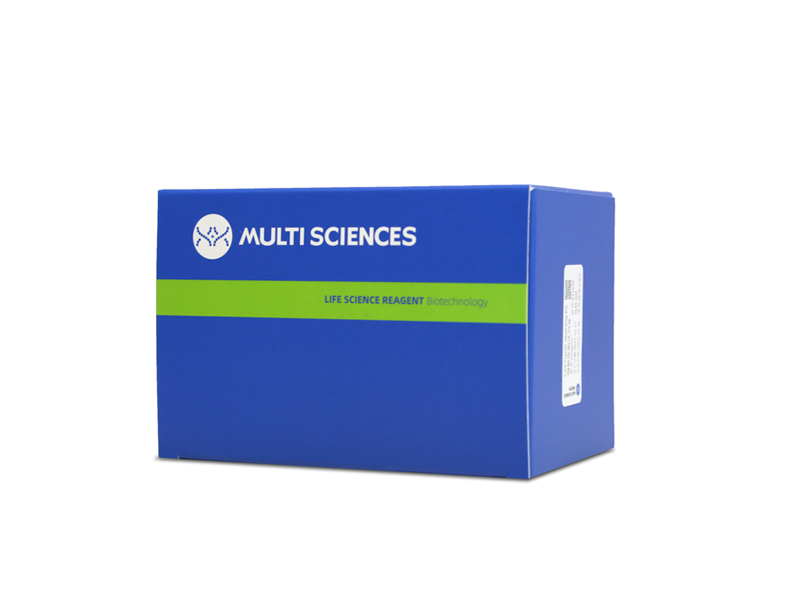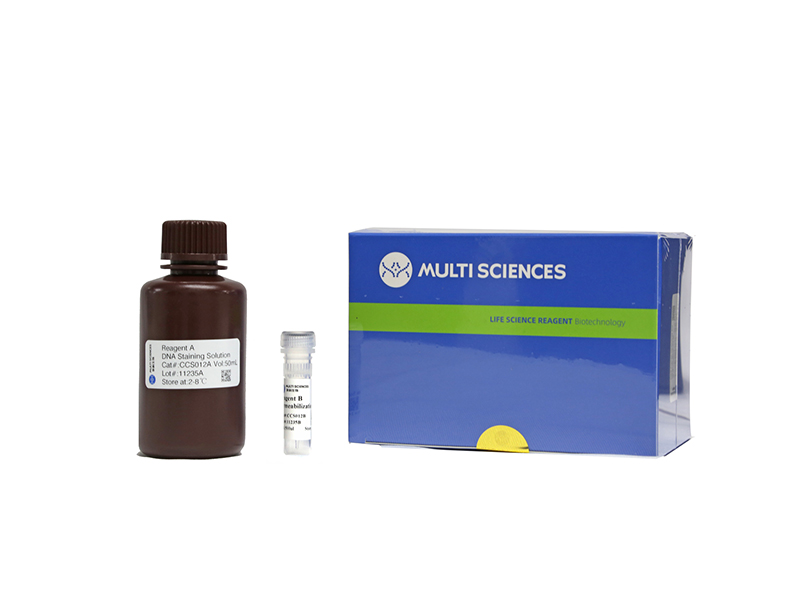Dichloroacetonitrile (DCAN), an emerged nitrogenous disinfection by-product (N-DBP) in drinking water, has garnered attention owing to its strong cytotoxicity, genotoxicity, and carcinogenicity. However, there are limited studies on its potential hepatotoxicity mechanisms. Understanding hepatotoxicity is essential in order to identify and assess the potential risks posed by environmental pollutants on liver health and to safeguard public health. Here, we investigated the viability, reactive oxygen species (ROS) levels, and cell cycle profile of DCAN-exposed HepG2 cells and analyzed the mechanism of DCAN-induced hepatotoxicity using both transcriptomic and metabolomic techniques. The study revealed that there was a decrease in cell viability, increase in ROS production, and increase in the number of cells in the G2/M phase with an increase in the concentration of DCAN. Omics analyses showed that DCAN exposure increased cellular ROS levels, leading to oxidative damage in hepatocytes, which further induced DNA damage, cell cycle arrest, and cell growth impairment. Thus, DCAN has significant toxic effects on hepatocytes. Integrated analysis of transcriptomics and metabolomics offers new insights into the mechanisms of DCAN-induced hepatoxicity.
文章引用产品列表
-
- CCS012
- 周期试剂盒
Cell Cycle Staining Kit 细胞周期检测试剂盒
- ¥390.00



